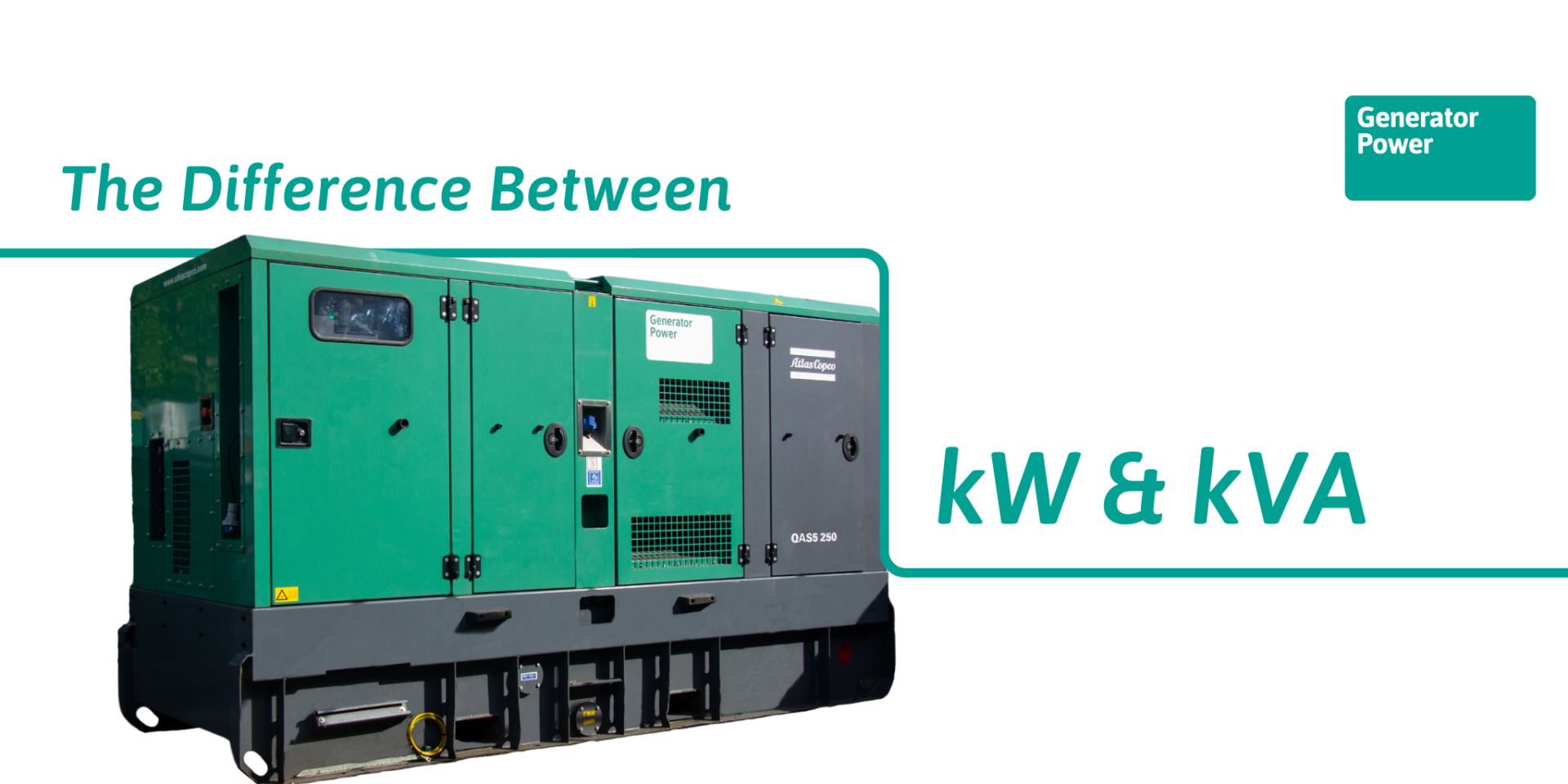As the UK is braces itself for the onslaught of winter it’s not a bad time to consider switching electricity tariffs if you haven’t already done so.
Stick with the same old tariff each year and you could be wasting money, do a price comparison though and there are plenty of savings to be made.
In this blog we will explore different tariff types to help you choose which option is best for you.
Here’s what we found…
Fixed Rate Tariff
At the top of our list is the standard fixed rate tariff, this fixes the price of electric for a specific amount of time. Customers on this scheme are provided with a fixed energy rate for a set period, this is normally between 1 – 2 years but there are longer terms available as well.
This option is good if you like to know the price you’ll be paying for a base unit of power and don’t want to worry about price hikes in the immediate future.
Economy 7
Want to pay less for electric during off-peak hours? Economy 7 could be the perfect deal for you then. On this tariff you pay less for the electric you use during off-peak hours, this is typically classed as between 10pm and 8.30am although the exact times can vary depending on the energy provider.
Economy 7 is a good option if you don’t mind running appliances like washing machines overnight. Excuse the pun… it could save you a ‘load’.
No Standing Charge Tariff
This is another option you might want to consider. A no standing charge tariff only charges you for the electric that you use. This means, if you have days where you don’t use any electricity you won’t be charged a penny!
It’s a handy option if you regularly have nights away from home, the only flipside is the unit base price might be slightly more expensive.
Online Energy Tariff
Do you like to shop and keep on top of the household budget via the internet? Consider an online energy tariff. You have total control over power this way, you submit meter readings online, get bills via email and log onto your energy provider’s website when you like.
Good if you like to monitor your electric usage. It means you can check updates and provide information through mobile internet sources.
Prepayment Meter
A prepayment meter really helps to keep a tight grip on energy usage. Basically this is the ‘pay as you go’ option. Customers add money to a special key or buy prepayment tokens to top up their meter.
This is a popular option with landlords who rent out properties. It’s also a good choice for customers that have experienced previous difficulties managing utility bills in the past.
The downside is once the credit runs out you are left without power until you top up again.
Whichever tariff you choose it’s a good idea to shop around for the best deals.
That’s our advice at Generator Power anyway. We like to save money where we can and we want you to as well.








